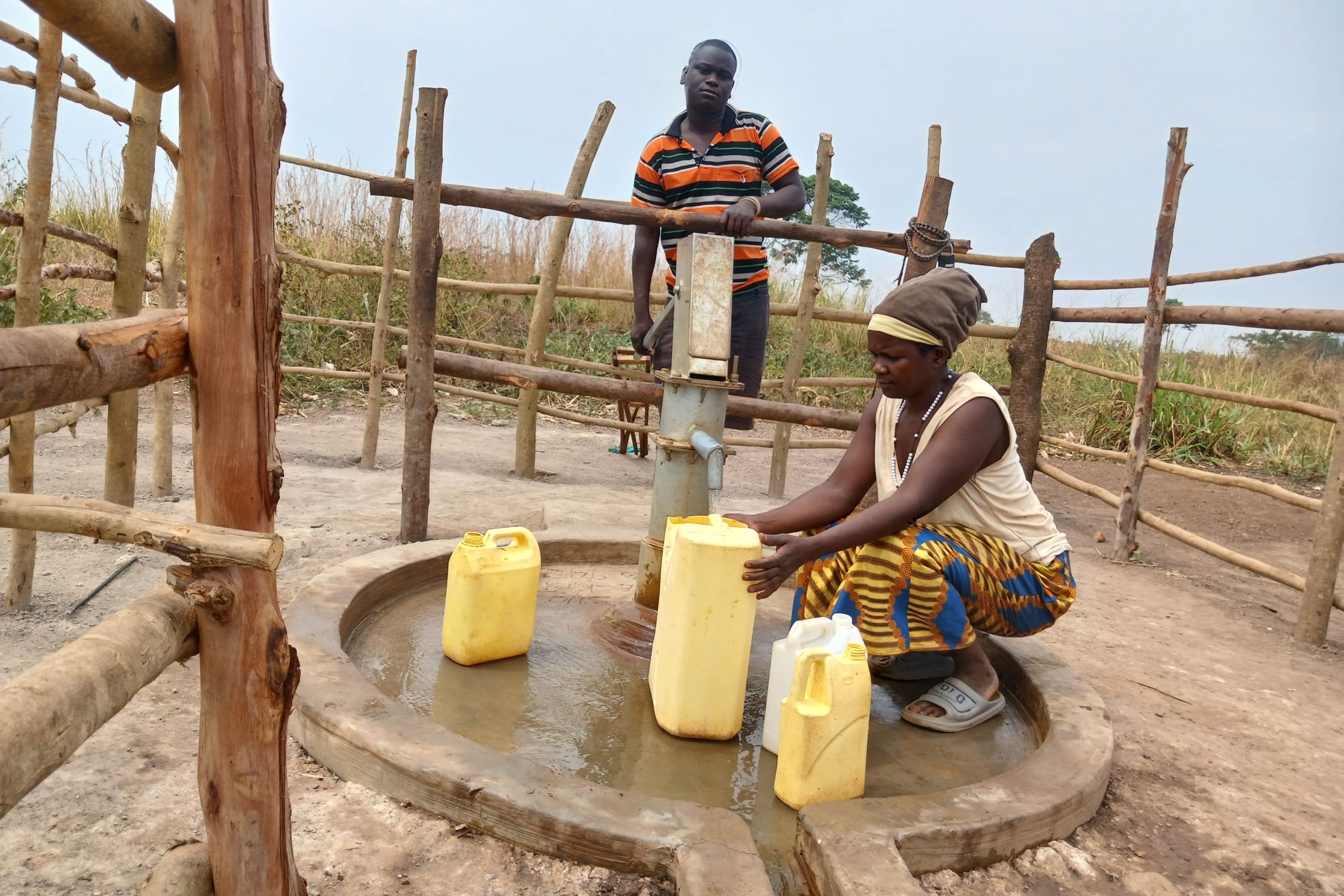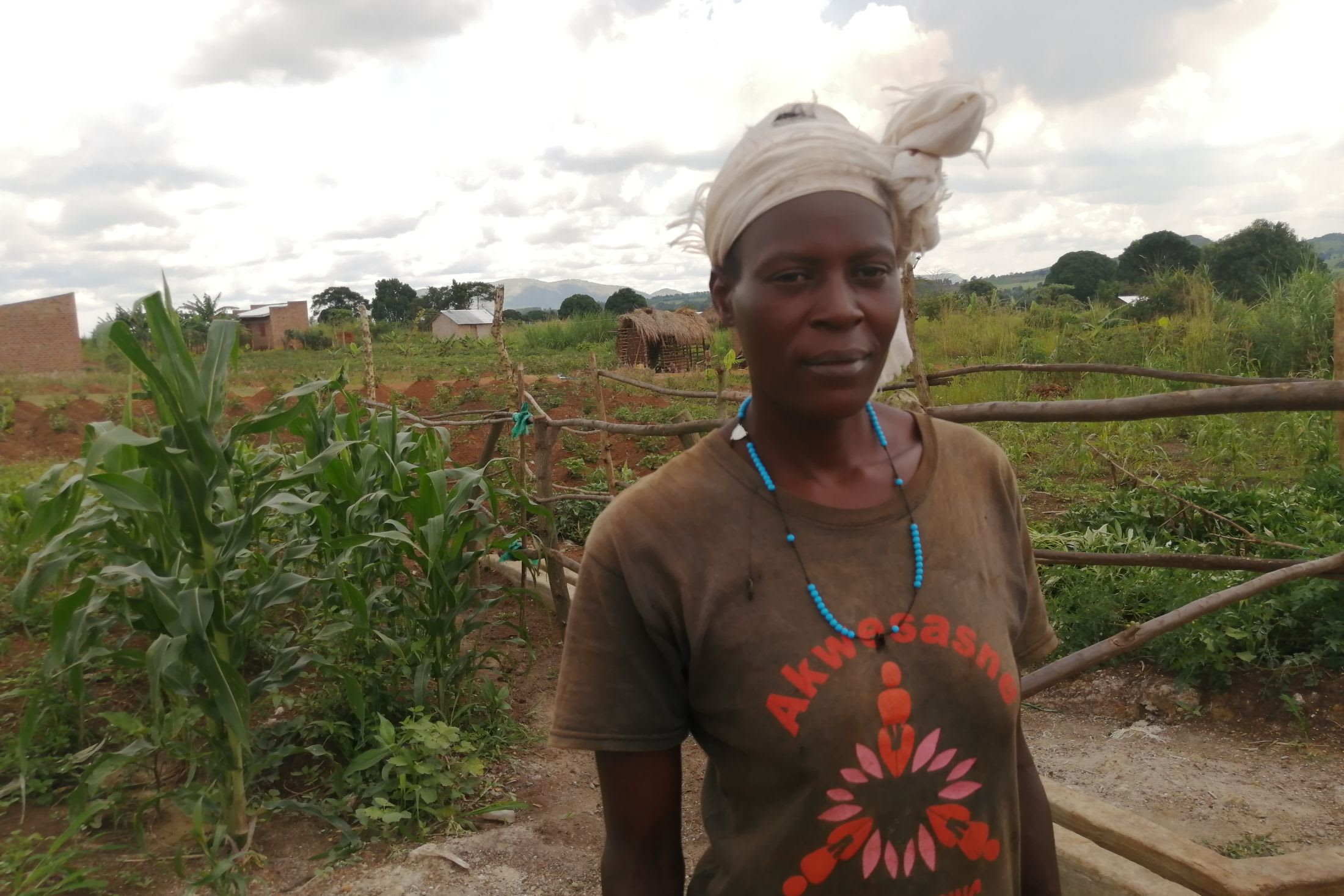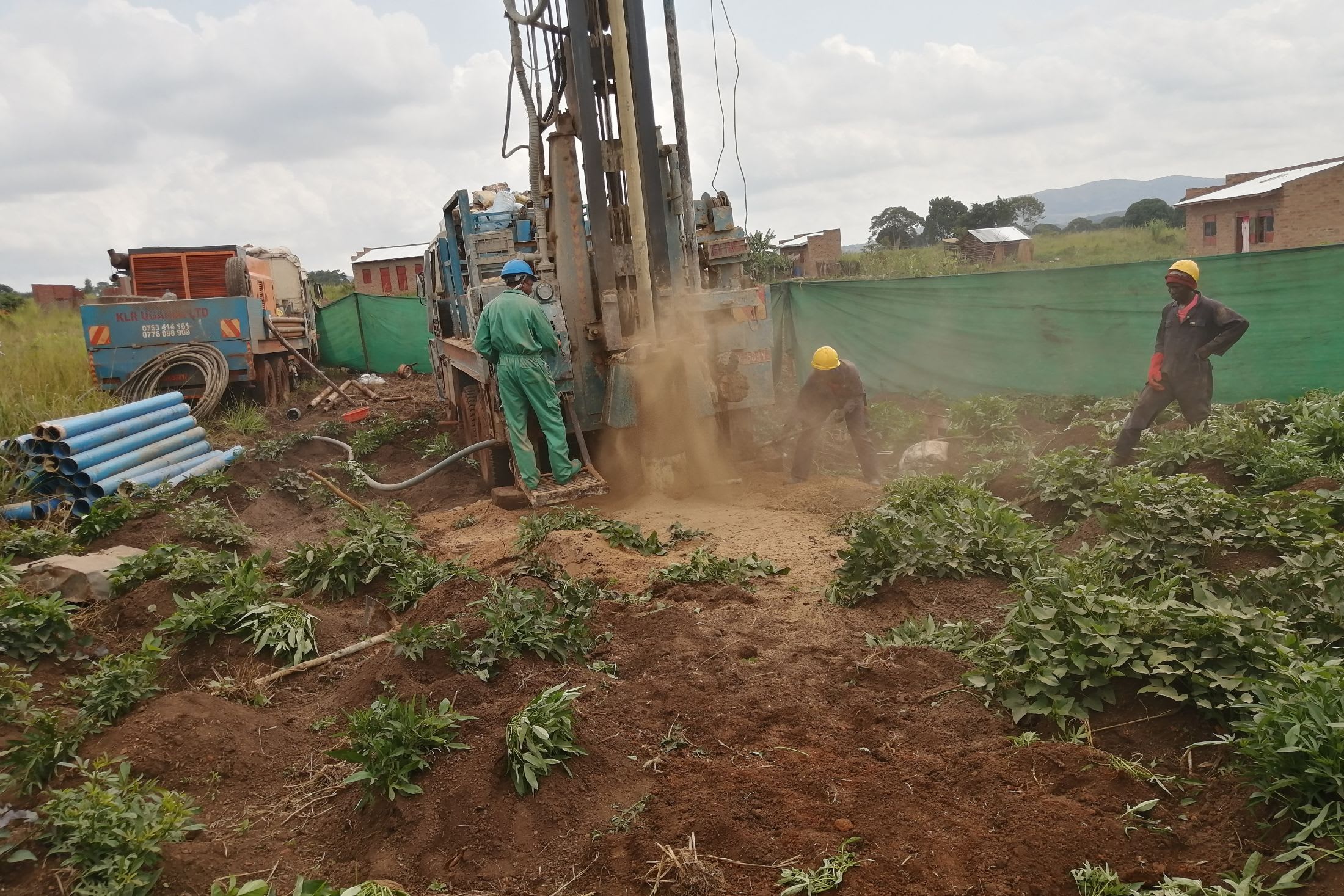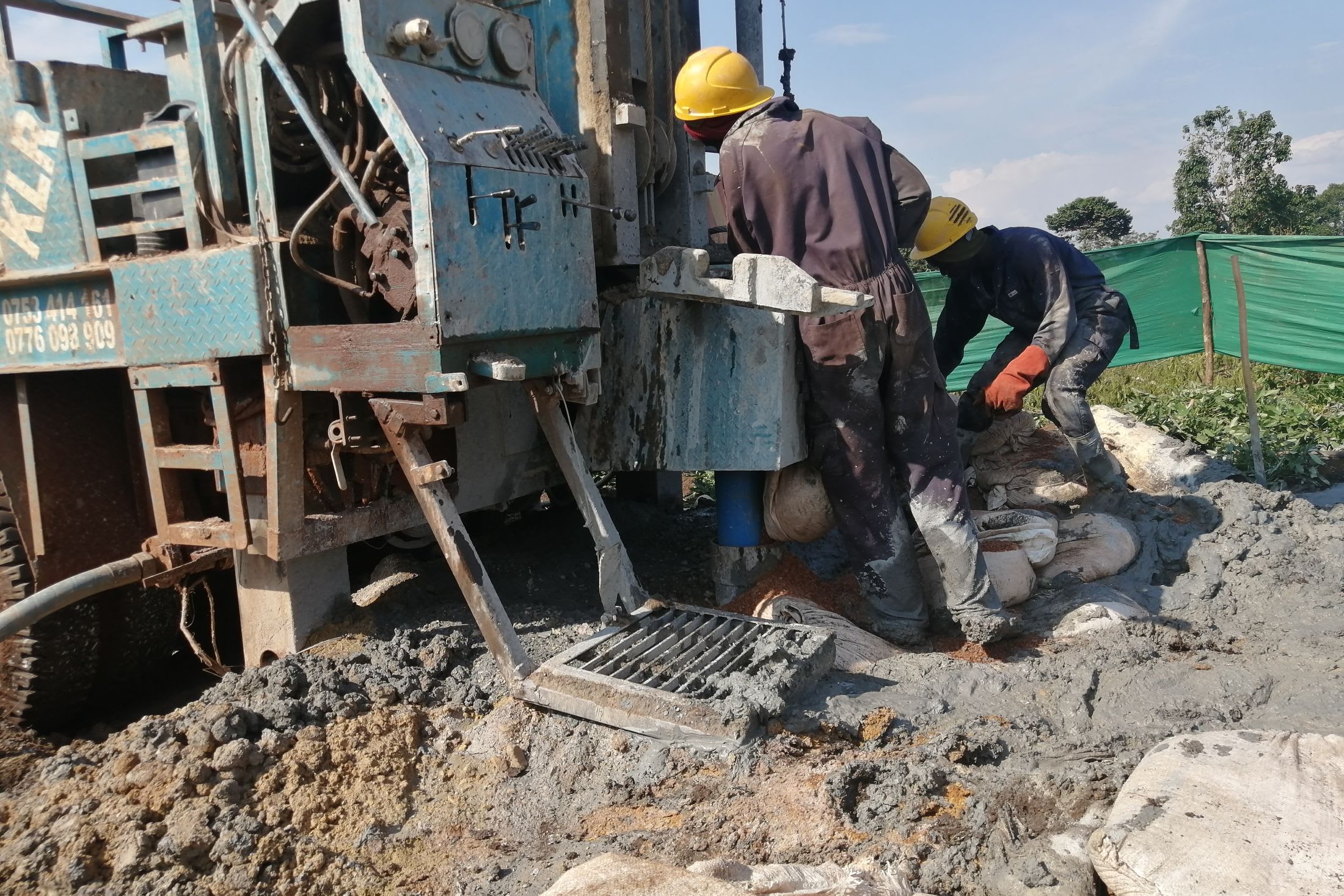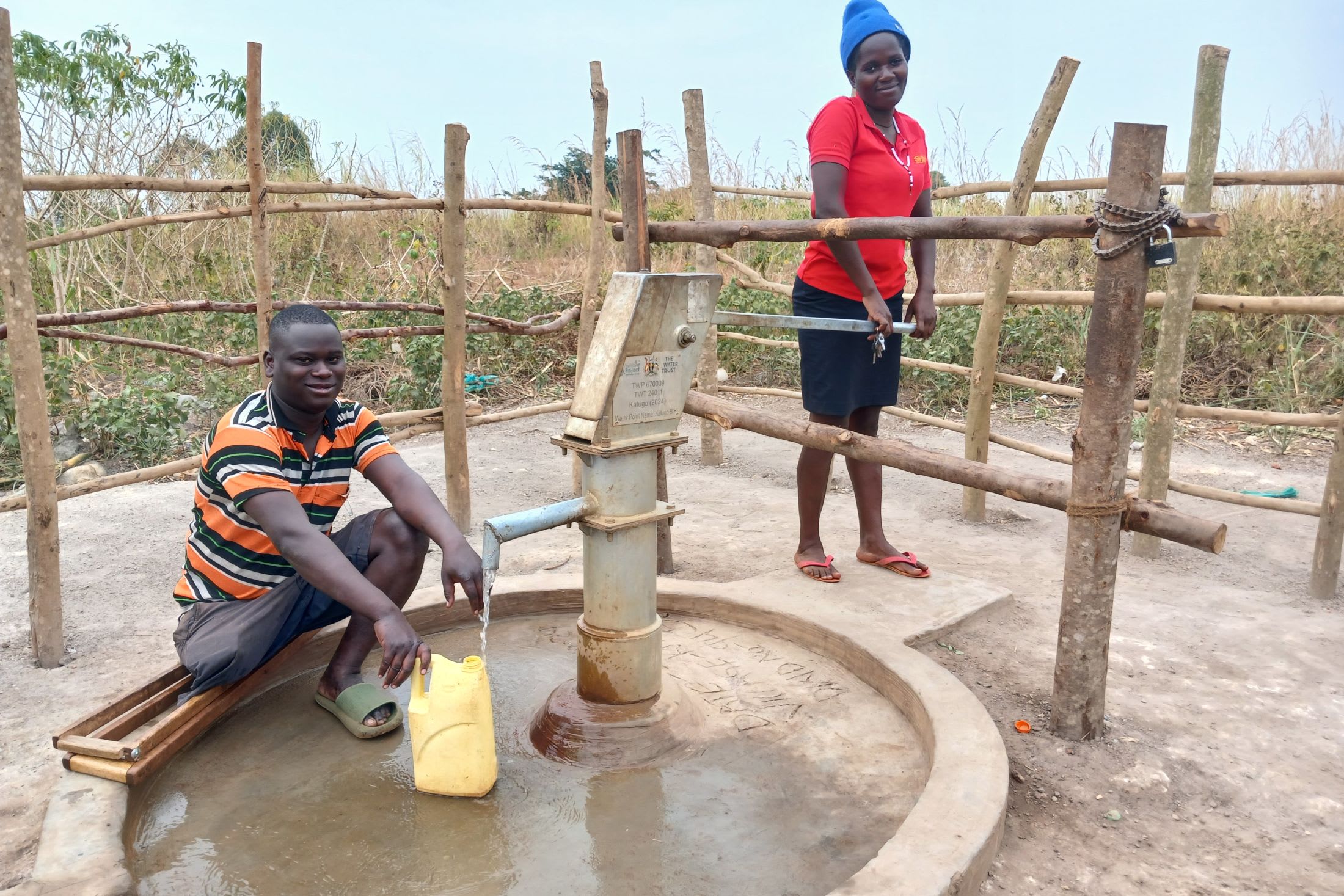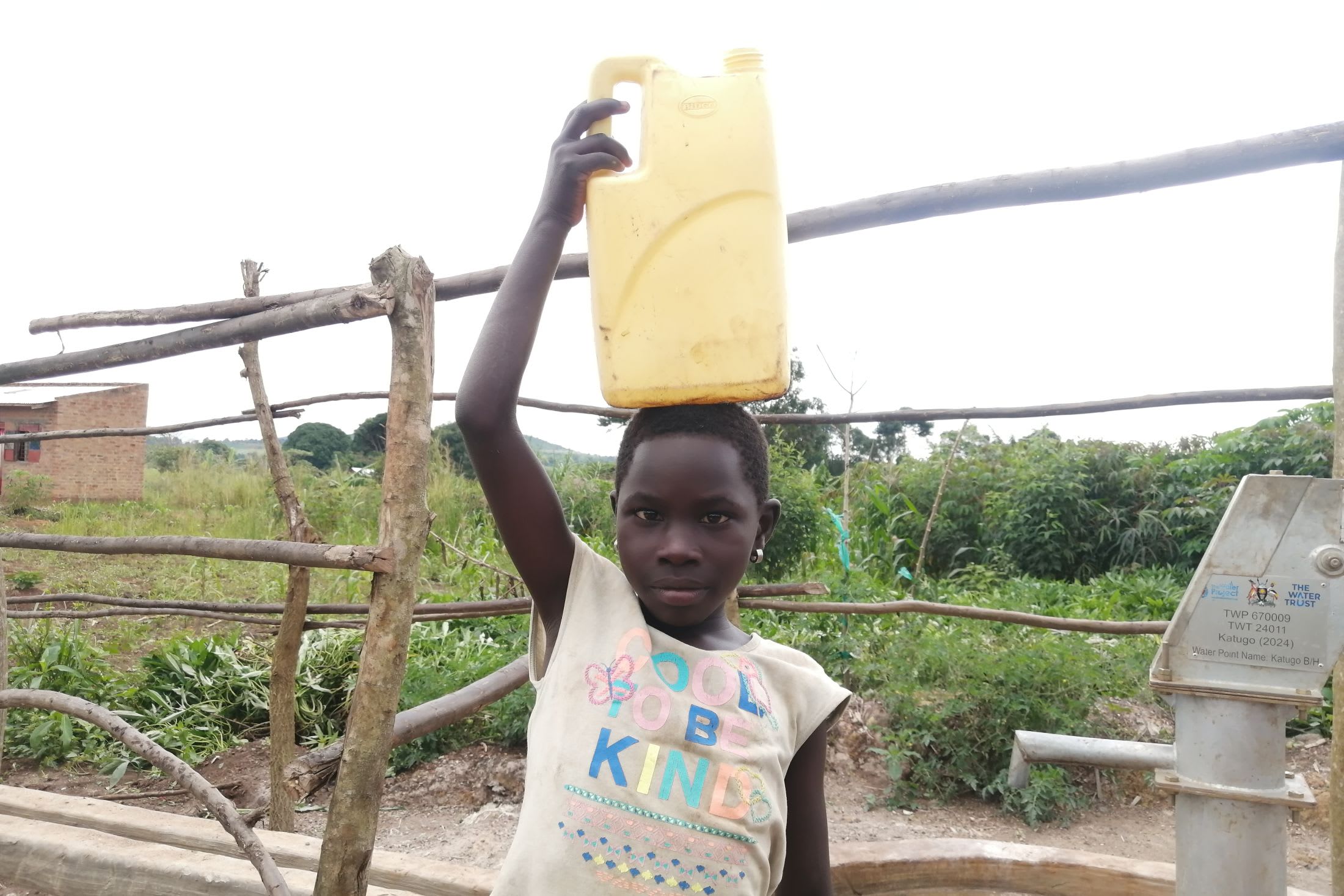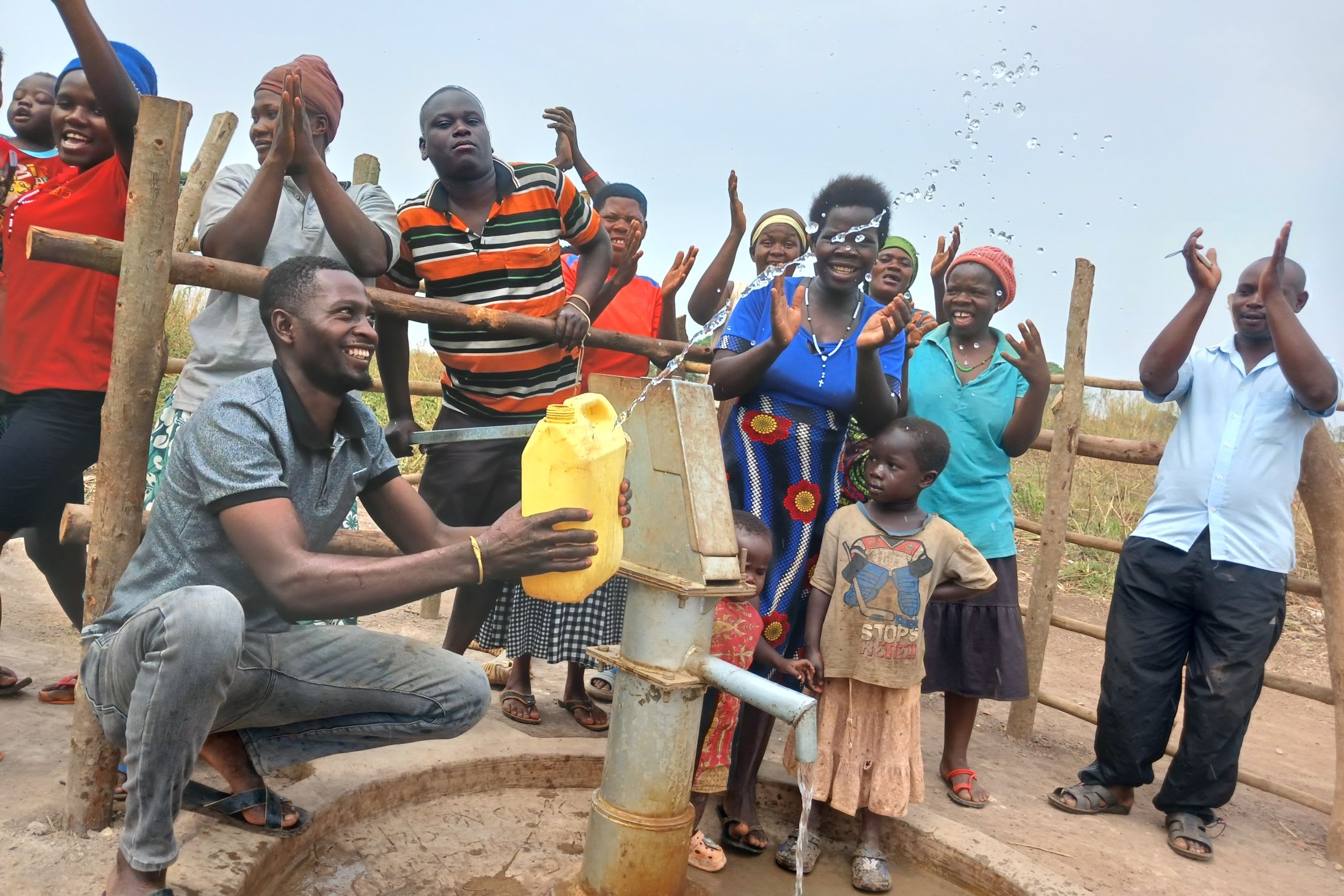The 1,000 people of the Katugo Community face unfathomable challenges to access sufficient water. Their overcrowded water sources are distant and require crossing a perilous road to get there, making parents fear sending their children to collect water.
"I face a long distance because I walk 1 kilometer to get to the waterpoint. I can't send my children to the waterpoint because they are still young, and it involves crossing the road. I fear that they can be knocked by vehicles and motorcycles, so if my husband doesn't [provide] support because of his busy schedule, then it's only me to move to the water point every day. It stresses me so much because I get overtired," said 23-year-old Betty Tumusiime, pictured below.

"I always find many people at the waterpoint, hence consuming a lot of time and delaying other domestic activities like preparing meals for family members. I hope that when we are given a waterpoint, all this pressure of looking for water will [be] reduced," she added.
This community relies on a poorly protected spring and a protected dug well without a pump, but because this is such a large community, both waterpoints are incredibly overcrowded. The long distance to reach either of them makes the water crisis much more difficult to bear.
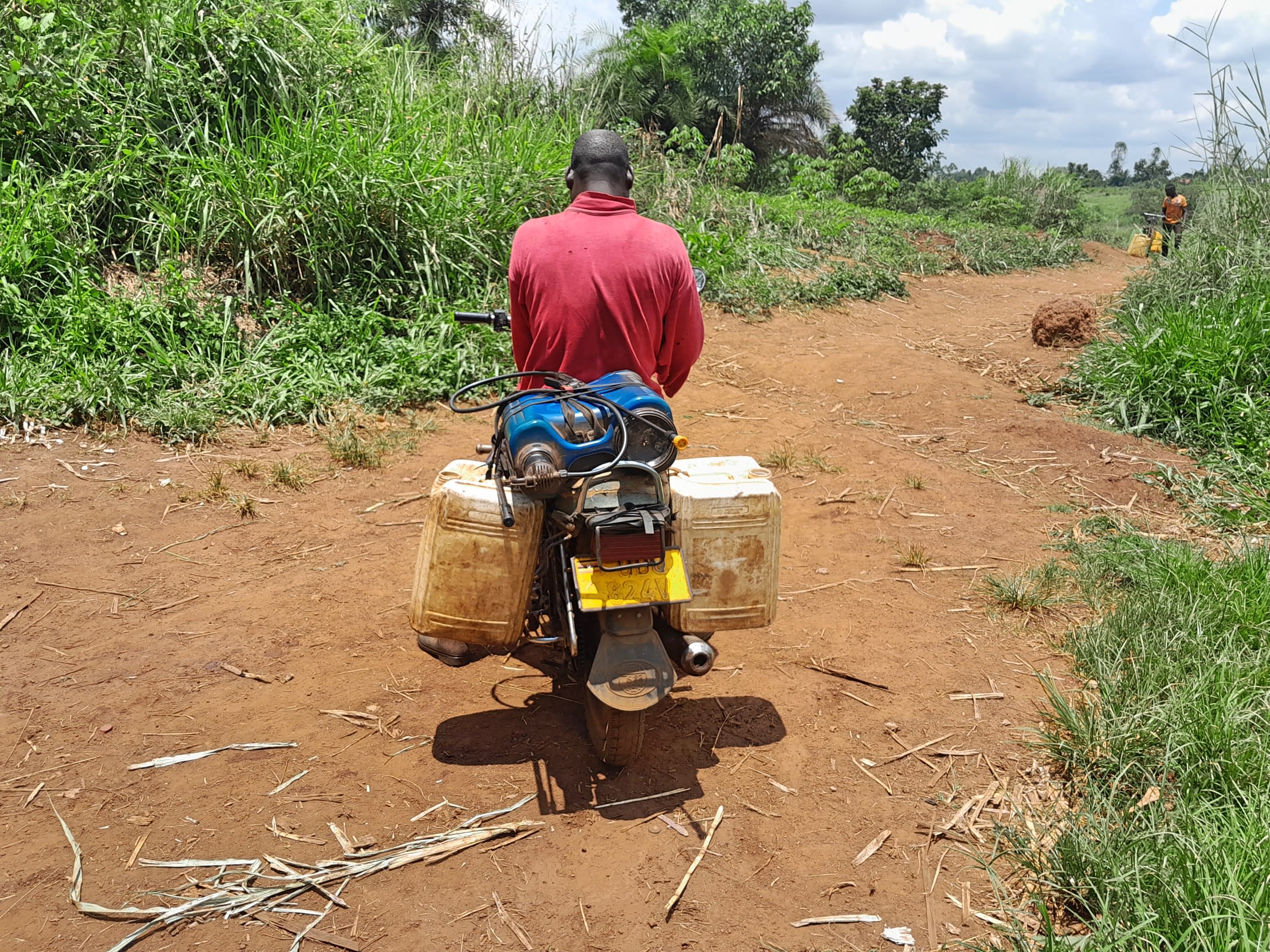
Children like 10-year-old Trian A, seen below, are well acquainted with the struggle. They must collect water after a long school day, which often keeps them out late at night. Not only do they travel long distances at night alone to fetch water, but they also experience people fighting while waiting their turn to collect water.
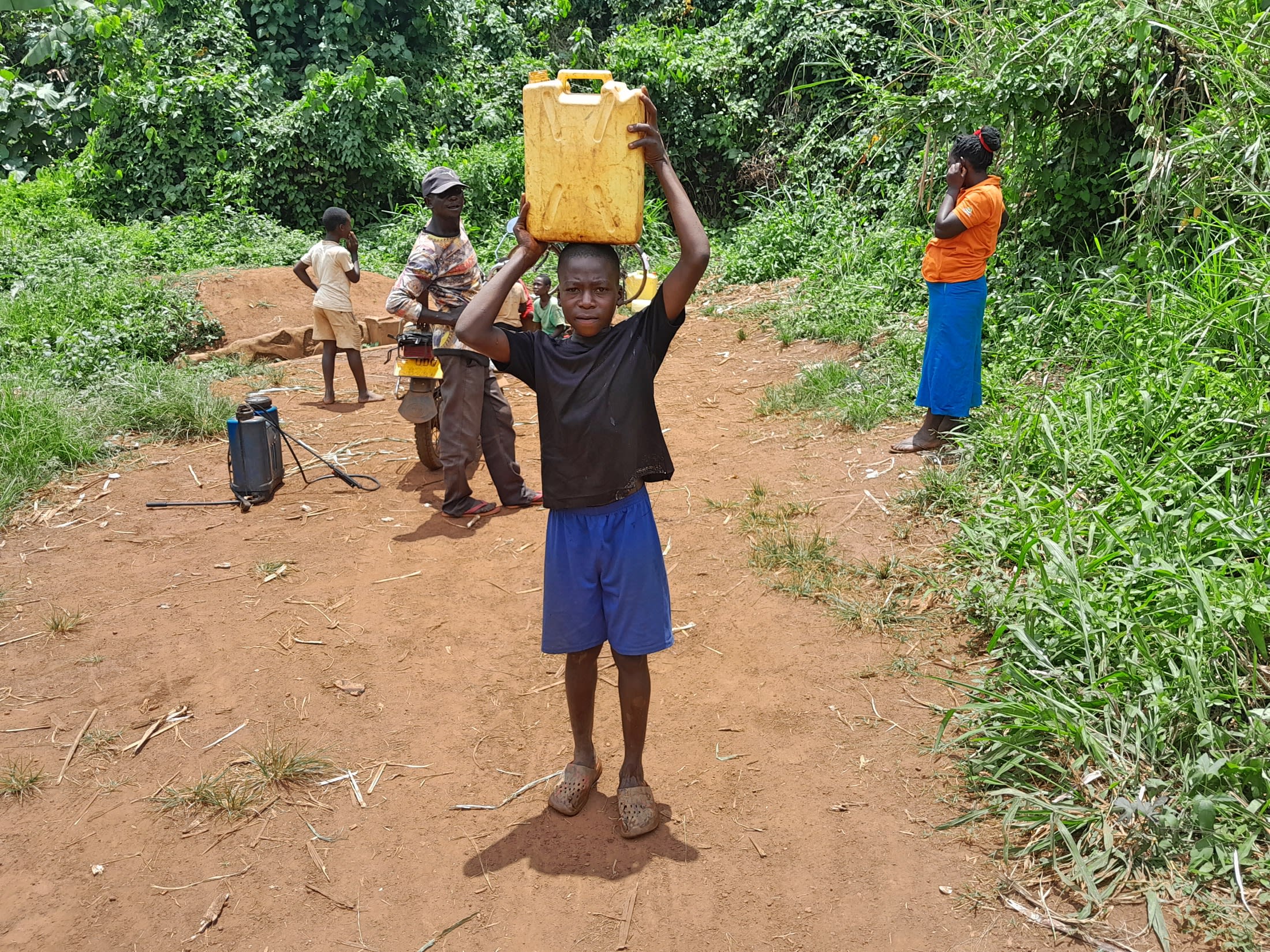
Trian said, "I always find many people at the waterpoint because I come to the waterpoint in the evening when I am back from school. Sometimes, they even beat us because some people don't consider first come, first serve. I sometimes go back home without water, and this means I can't wash my uniforms, [and I] end up [going] to school with dirty uniforms, hence affecting my hygiene. Another challenge I face is crossing the tarmac road while carrying water due to [the] risk of accidents."
The busy road that must be traversed to access the spring and well is a cause for grave concern for all, but there are numerous safety risks they must take because they won't have water if they don't.
Installing a well in this community will eliminate long-distance travel and alleviate some of the overcrowding. This will allow people like Betty to put their energy into caring for their family and other life-improving tasks instead of exhausting themselves just to collect water. Hopefully, children like Trian will no longer need to take a late-night journey, as the well will be in their community, giving them a sense of safety and the opportunity to collect water when they need it.
Note: Our proposed water point can only serve 300 people per day. We hope to continue working with this community to identify other water solutions that will ensure all of the people in this community have access to safe and reliable drinking water.
The Proposed Solution, Determined Together...
At The Water Project, everyone has a part in conversations and solutions. We operate in transparency, believing it benefits everyone. We expect reliability from one another as well as our water solutions. Everyone involved makes this possible through hard work and dedication.
In a joint discovery process, community members determine their most advantageous water solution alongside our technical experts. Read more specifics about this solution on the What We're Building tab of this project page. Then, community members lend their support by collecting needed construction materials (sometimes for months ahead of time!), providing labor alongside our artisans, sheltering and feeding the builders, and supplying additional resources.
Water Access for Everyone
This water project is one piece in a large puzzle. In Kenya, Sierra Leone, and Uganda, we're working toward complete coverage of reliable, maintained water sources that guarantee public access now and in the future within a 30-minute round trip for each community, household, school, and health center. One day, we hope to report that this has been achieved!
Training on Health, Hygiene & More
With the community's input, we've identified topics where training will increase positive health outcomes at personal, household, and community levels. We'll coordinate with them to find the best training date. Some examples of what we train communities on are:
- Improved hygiene, health, and sanitation habits
- Safe water handling, storage & treatment
- Disease prevention and proper handwashing
- Income-generation
- Community leadership, governance, & election of a water committee
- Operation and maintenance of the water point
A Community-Wide Approach
In Uganda, we require that the community pledges to stop any open defecation practices before we install the water project — meaning that every household must construct and use a latrine. This will help prevent the spread of diseases and start them on a new path toward better hygiene and sanitation alongside their new water source.
To help with this, we assign a Community Development Officer (CDO) to each community, who encourages each household to install a handwashing facility, animal-keeping structures, a garbage pit, and a drying rack for dishes. Each of these homestead components prevent commonly spread diseases in their own way.
We implement something called a Community-Led Total Sanitation (CLTS) approach, which involves setting up multiple meetings during which community members assess their own hygiene and sanitation practices in hopes of creating long-term change. During these sessions, leaders naturally emerge and push the community to recognize current unhealthy behaviors that affect the entire community.

 Borehole Well and Hand Pump
Borehole Well and Hand Pump
 Rehabilitation Project
Rehabilitation Project








